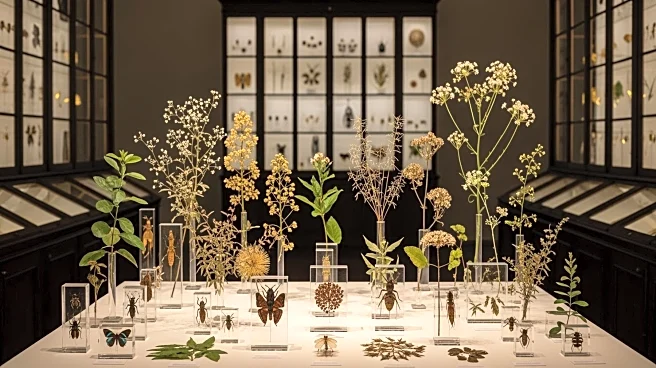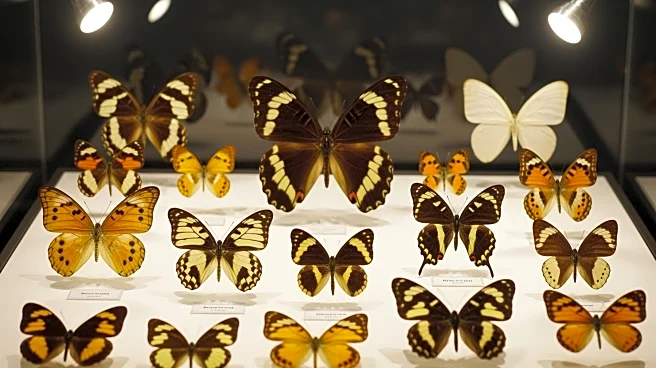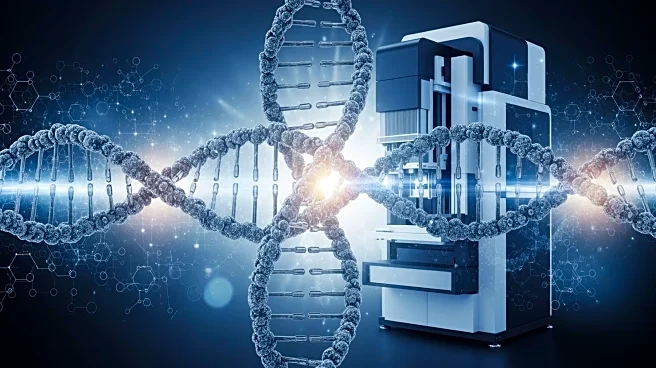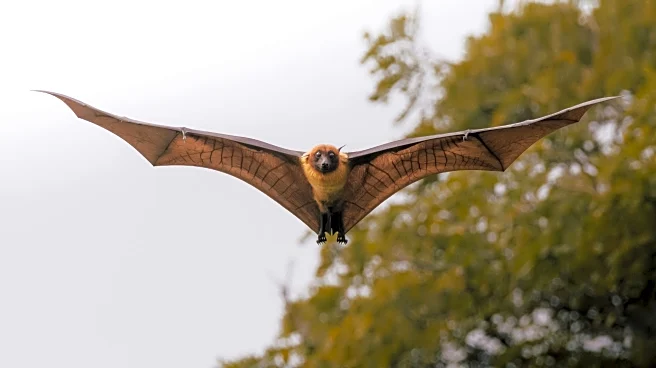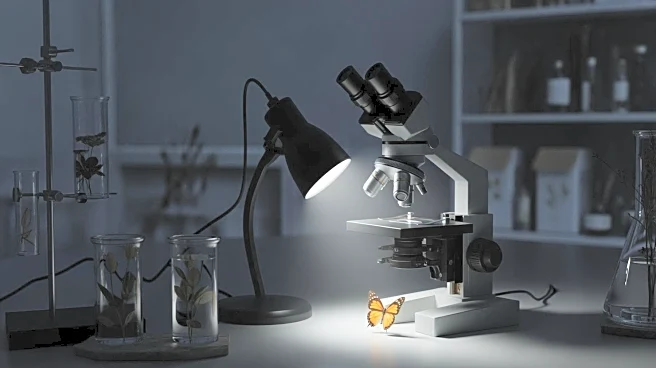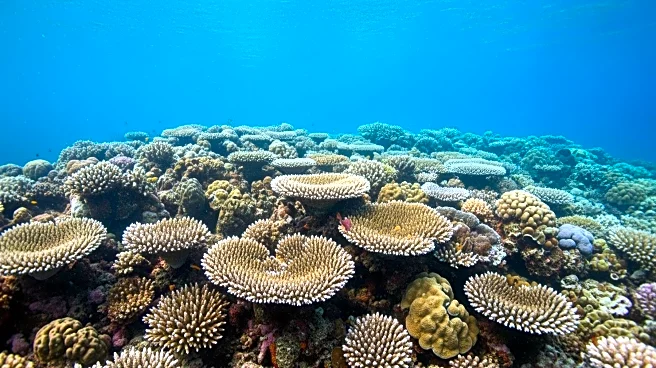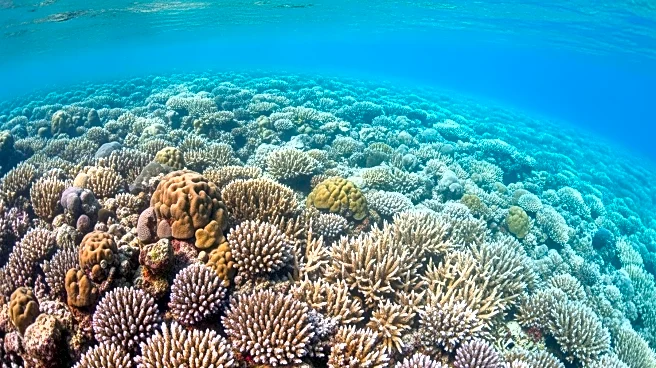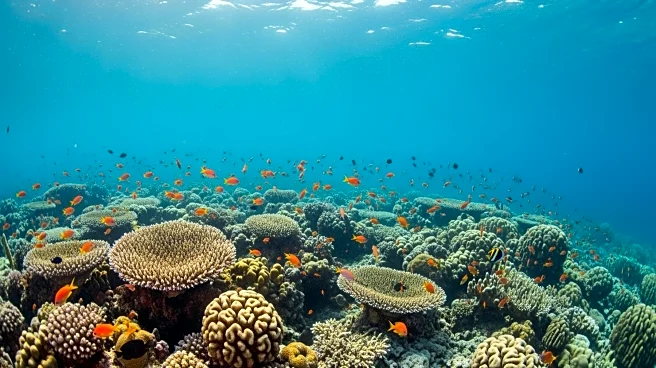What's Happening?
Recent analysis reveals a significant decline in the rate at which natural history collections are adding specimens, impacting the spatiotemporal and taxonomic coverage of global biodiversity. This trend
is concerning as it erodes the unique value of specimen-based collections, which are crucial for understanding and addressing environmental challenges such as climate change and biodiversity loss. The decline is observed across major taxonomic groups, including plants, vertebrates, and insects, with fewer specimens being collected over a smaller spatial extent. This reduction in data coverage hampers the ability to derive actionable insights from collections, despite advances in digitization and data analytics. The decline is attributed to various factors, including resource constraints, regulatory and ethical considerations, and shifting workforce priorities.
Why It's Important?
The decline in specimen data from natural history collections poses a significant threat to biodiversity science and evidence-based policymaking. Accurate predictions of spatial and temporal trends are essential for conservation efforts, ecosystem management, and crisis response. Reduced data coverage leads to lower accuracy and higher uncertainty in statistical inferences, undermining the utility of other ecological data streams dependent on accurate species identification. This trend compromises the ability to estimate impacts of climate and land-use changes, model species distribution trends, and predict future ecological and evolutionary impacts. As natural history collections are vital for addressing global environmental challenges, their decline necessitates strategic planning and investment to ensure their continued contribution to science and policy.
What's Next?
To address the decline in specimen data, the scientific community must adopt data-driven approaches to specimen collection and digitization, optimizing the impact-to-effort ratio in tackling environmental challenges. Future collecting activities should focus on characterizing and predicting eco-evolutionary processes, rather than solely on species discovery. Interactive platforms incorporating decision theory and design tools could guide strategic sampling efforts, ensuring collections-based biodiversity data is maximally useful for applications such as climate change research. Advocacy for the value of digitized collection data is crucial for securing resources and addressing structural constraints. Collaboration across disciplines is needed to enhance the role of collections in the broader biodiversity information ecosystem.
Beyond the Headlines
The decline in natural history collections data highlights ethical and regulatory challenges, including biosecurity concerns and the rights of traditional owners. The shift towards targeted collecting trends reflects changing priorities in biodiversity science, emphasizing eco-evolutionary processes over species discovery. The integration of emerging technologies, such as AI and genomics, is essential for maximizing the value of collections data. However, the decline in collecting activities threatens the training data needed for AI tools, potentially impeding their development. Addressing these challenges requires a collaborative effort to strengthen and invest in specimen-based data collection for the benefit of science and the planet.
